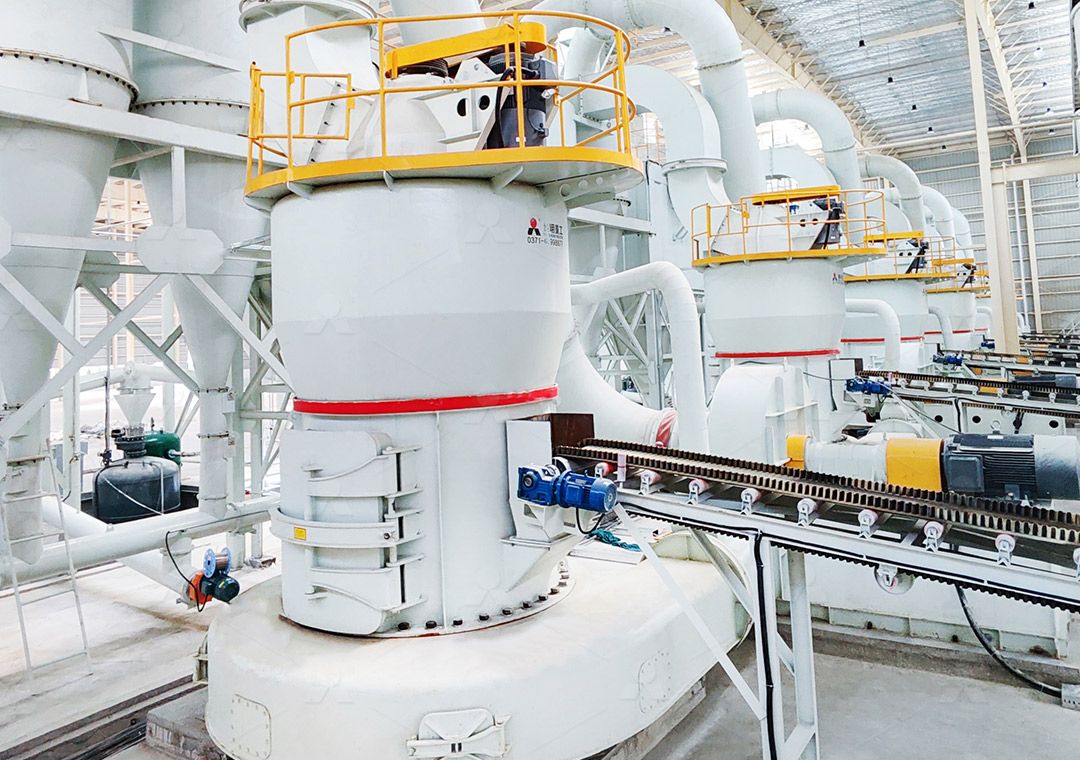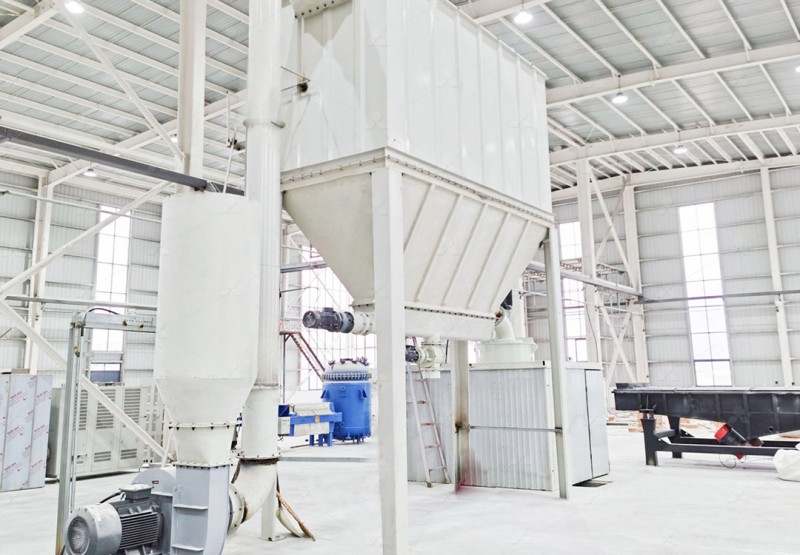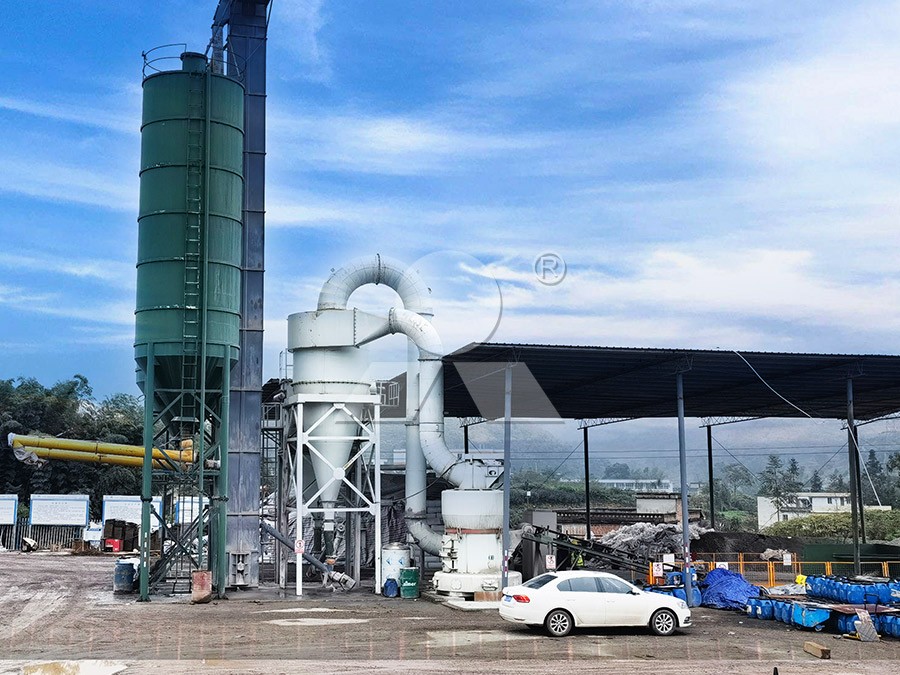1800 Mesh Dolomite Grinding Mill: Price, Configuration, and Process
Navigating the World of Ultra-Fine Dolomite Powder Production
The demand for ultra-fine dolomite powder, particularly at 1800 mesh specifications, has surged across industries like plastics, paints, and advanced composites. Achieving this level of fineness consistently and efficiently is a significant technical challenge that requires specialized milling equipment. This article delves into the core considerations for processing 1800 mesh dolomite, from equipment selection to the operational workflow.

The Technical Challenge of 1800 Mesh Grinding
Grinding dolomite to a consistent 1800 mesh (approximately 8-10 microns) pushes conventional milling systems to their limits. The primary hurdles include managing heat generation, which can alter material properties, ensuring uniform particle size distribution, and maintaining energy efficiency. Traditional ball mills or Raymond mills often struggle with the high energy consumption and limited fineness control required for this application. The key lies in selecting a mill designed specifically for ultra-fine powder production with advanced classification technology.
A Closer Look at the Grinding Process
The journey from raw dolomite rock to 1800 mesh powder is a multi-stage process. It begins with primary crushing to reduce large rocks to a manageable size of 0-20mm. This material is then fed via a vibrating feeder into the grinding mill. Inside the mill, the real transformation occurs. For ultra-fine grinding, the mechanism involves repeated impact and extrusion between grinding rollers and a raceway. The finely ground powder is carried by an air stream to an integrated high-precision classifier.
This classifier is the heart of achieving 1800 mesh fineness. It acts as a precise gatekeeper, allowing only particles that meet the target size to pass through as the final product. Oversized particles are rejected and returned to the grinding chamber for further processing. This closed-circuit system ensures high efficiency and consistent product quality. The final product is collected in a cyclone or baghouse filter.

Choosing the Right Mill for the Job
When your target is 1800 mesh dolomite, not all grinding mills are created equal. Our MW Ultrafine Grinding Mill is engineered specifically for this demanding task. It is designed for customers who need to make ultra-fine powder from materials like dolomite, calcite, and barite. With an input size of 0-20 mm and a capacity range of 0.5-25 tph, it offers remarkable flexibility.
What sets the MW series apart for this application is its ability to adjust fineness between 325-2500 meshes with high precision, effortlessly encompassing the 1800 mesh target. Its cage-type powder selector, incorporating German technology, ensures a sharp particle cut and a high screening rate of d97≤5μm. Furthermore, the absence of rolling bearings and screws in the grinding chamber eliminates common failure points, enhancing reliability for continuous 24/7 operation. The integrated efficient pulse dust collector and muffler also ensure the production process is environmentally friendly, with minimal dust and noise pollution.
For operations requiring a vertical configuration, our LUM Ultrafine Vertical Grinding Mill presents another excellent option. It integrates grinding, classifying, and transporting with an input size of 0-10 mm and a capacity of 5-18 tph. Its unique roller shell and lining plate design facilitate material layer formation, enabling high yields and improving the whiteness of the final dolomite powder.
Understanding Investment and Operational Costs
The price of a 1800 mesh dolomite grinding plant is not a single figure but a reflection of a complete system configuration. Key factors influencing the cost include the required capacity (tons per hour), the level of automation, and the ancillary equipment needed (such as crushers, feeders, and dust collectors). Mills like the MW series are designed for higher yielding and lower energy consumption—up to 40% higher output compared to jet mills and 30% lower system energy consumption. This translates to a lower cost per ton over the machine’s lifetime, making the initial investment a cost-effective choice for high-volume production.

Frequently Asked Questions (FAQ)
What is the typical power consumption for grinding dolomite to 1800 mesh?
Power consumption varies with the mill’s design and dolomite hardness. However, advanced mills like the MW series are engineered for lower energy consumption, often using 30%-50% less power than traditional jet or ball mills for the same output, thanks to optimized grinding curves and efficient classifiers.
Can the same mill handle other minerals besides dolomite?
Absolutely. Our MW and LUM mills are versatile and can process a wide range of non-metallic minerals with similar Mohs hardness, including calcite, limestone, talc, barite, and gypsum, making them a valuable asset for various industrial applications.
How is the 1800 mesh fineness ensured and maintained?
Fineness is precisely controlled by an advanced, multi-head cage-type powder separator. This system allows for accurate adjustment of the cutting point. The fineness can be easily maintained and replicated by setting the separator’s rotational speed, ensuring consistent batch-to-batch quality.
What are the key maintenance points for such a grinding system?
Key maintenance focuses on wear parts like grinding rollers and rings. Our mills are designed for easy maintenance. For instance, the LUM mill features a reversible structure that allows the grinding roller to be easily moved out for inspection or replacement, minimizing downtime. Regular checks on the lubrication system and classifier are also recommended.
